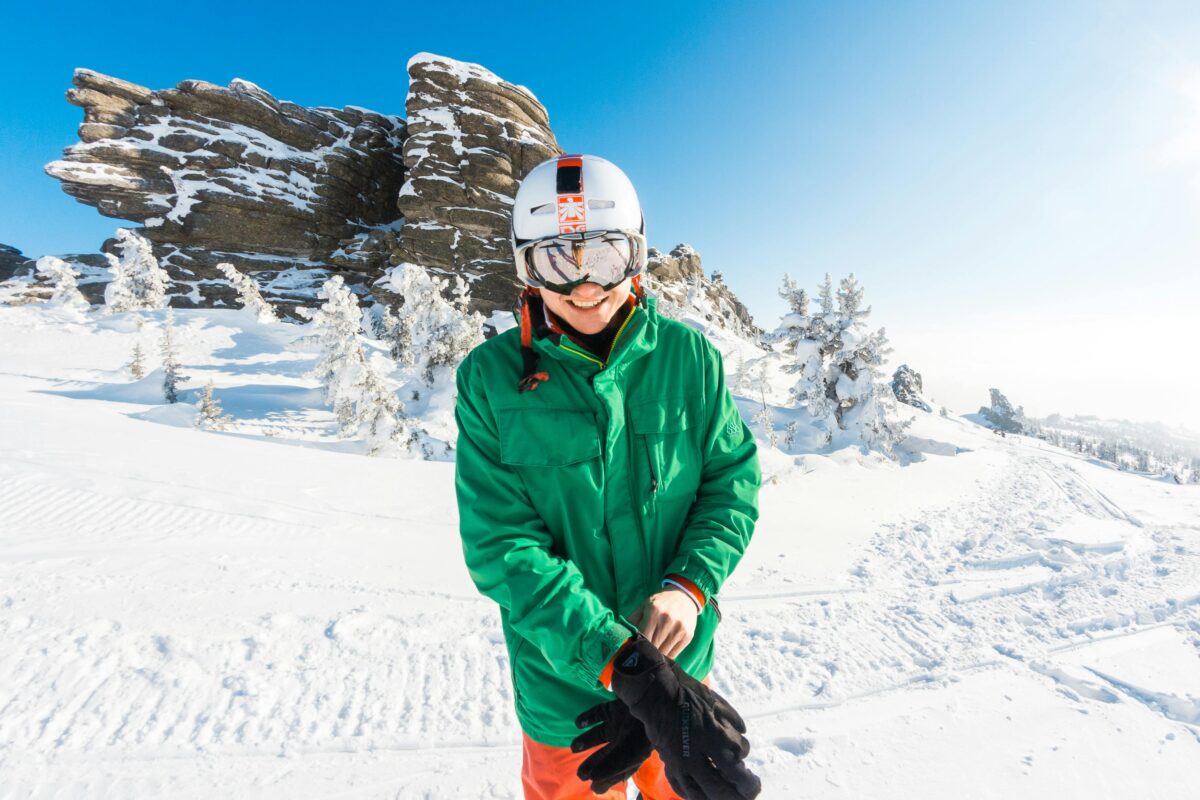Colorado Ski Law

Colorado’s “Ski Safety Act,” located at Colo. Rev. Stat. Ann. §§ 33-44-101 to -114 provides for skier assumption of inherent dangers, and creates statutory duties for skiers and operators. Skiers, inclusive of sledders and snowboarders, have duties to ski within their abilities, with uphill skiers having a primary duty to avoid collision. Breach of skier duties constitutes negligence.
No distinction is drawn between young children and adults in application of the Act, such that the common law, particularly that young children can not commit negligence nor assume a risk, has been arguably abrogated. In a 2003 statutory amendment, parents were expressly permitted to waive or release a child’s claim in negligence. Colo. Rev. Stat. Ann. §§ 13-22-107, as added by Laws 2003, Ch. 262, § 1, eff. May 14, 2003 (reversing the conclusion of Cooper v. Aspen Skiing Co., 48 P.3d 1229 (Colo. 2002) that such a waiver violated public policy and created an unacceptable conflict between parent and child).
In actions arising from skier/skier collisions, such a collision is considered neither an inherent or assumed risk. Id. at § 33-44-109(1). Ski area operators have specific duties to mark trails and provide some other warnings. There is no duty to pad lift towers. Operator breach of a statutory duty constitutes negligence, and is not considered an inherent danger to which liability limitations apply. Id. at §§ 33-44-103(3.5), 33-44-104(2).
Limitations are imposed on damages collectible against ski area operators for downhill skiing accidents, but no such limitation on damages exists for lift accidents. A tramway board is separately formed by Colo. Rev. Stat. Ann. §§ 24-34-101 et seq, and tramways are otherwise regulated under the “Passenger Tramway Safety Act,” Colo. Rev. Stat. Ann. §§ 25-5-701 et seq. Volunteer ski patrol members are granted civil immunity for acts or omissions in the provision of emergency services or assistance, so long as members act in good faith. Colo. Rev. Stat. Ann. § 13-21-108(3).
Snowmobile use is subject to the duties enumerated in Colo. Rev. Stat. Ann. §§ 33-14-101 to -116, the breach of which is handled as negligence per se. The Ski Safety Act was amended in 2004 in several significant respects. Laws 2004, Ch. 341, § 3, eff. May 28, 2004. Skiers continue to assume the “inherent dangers and risks of skiing.”
However, where such dangers and conditions were once only those that were an “integral part” of the sport, the 2004 amendments have modified the language to include all those that are “a part” of the sport. Colo. Rev. Stat Ann. § 33-44-103(3.5), as amended.
Arguably, the omission of the word “integral” could be read broadly to mean without regard to the negligence or lack of care by an operator assumption of practically all hazards. Under Colo. Rev. Stat. Ann. § 33-44-108(2), as amended, the operator’s duty to post a sign warning of maintenance equipment on an open slope or trail was narrowed to exclude maintenance equipment en route to or from a grooming project. The Amendments eliminate the ski area operator’s prior duty to mark “danger areas”, and includes cliffs and other unmarked dangers as one of the “inherent dangers” of the sport.
Additionally, ski area operator immunities have been expanded to include all ski area property, not just those areas designated for skiing or competition.
